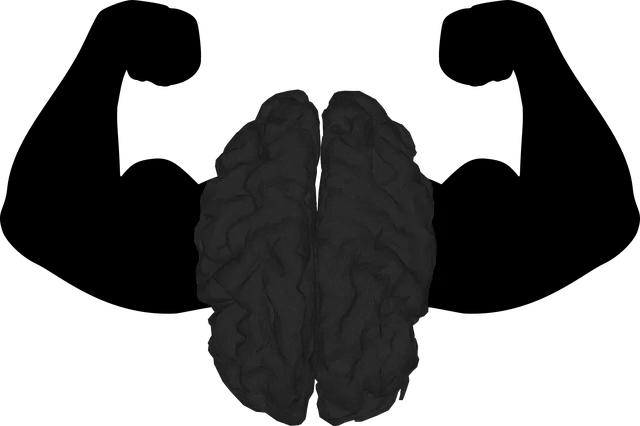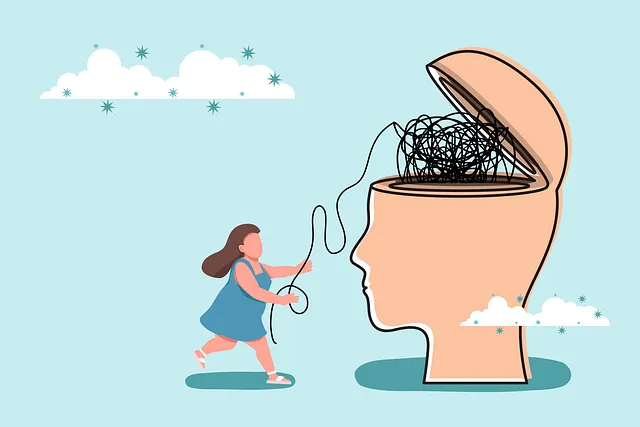To successfully market a mental wellness app, especially within the diverse user base of a center like Golden Kaiser Permanente, create detailed user profiles considering demographics, psychographics, and behavioral traits. These profiles should segment users into groups like stressed young adults, burnt-out professionals, and older individuals facing age-related challenges, each with distinct needs for mood management and burnout prevention. Tailoring marketing messages to these specific groups ensures the app's relevance, driving downloads and engagement. The mental health app market caters primarily to urbanites aged 18-45, with a notable overrepresentation of women due to societal pressures. Affordability, accessibility, and cultural sensitivity are crucial for reaching diverse communities, while recognizing unique challenges across age groups and professions allows for offering tailored solutions like burnout prevention tools or gamification features.
Mental wellness apps have emerged as powerful tools for managing and improving mental health, attracting a diverse user base across various demographics. In this article, we delve into the strategic marketing of these apps, focusing on reaching and engaging specific audiences. By understanding the unique needs and challenges faced by different segments—from millennials in urban areas to older adults in rural communities—we can tailor effective solutions. Competing with established mental health centers like Kaiser Permanente requires a compelling strategy that highlights app advantages, such as accessibility and personalized care. This guide explores how to craft a winning marketing plan, leveraging social media, user testimonials, and unique value propositions to attract and retain users.
- Understanding the Target Audience: A Comprehensive Profile
- – Define the target demographic for mental health apps, considering age groups, genders, geographic locations, and socioeconomic backgrounds.
- – Discuss common mental health concerns among different segments of the population.
Understanding the Target Audience: A Comprehensive Profile

Understanding your target audience is a cornerstone of any successful marketing strategy, especially when it comes to mental wellness apps. The Golden Kaiser Permanente mental health center caters to a diverse range of individuals seeking support for their emotional well-being. To effectively reach and engage users, it’s crucial to create detailed user profiles that encompass various demographics, psychographics, and behavioral traits.
This involves recognizing that your audience may include young adults struggling with stress and anxiety, working professionals experiencing burnout, or older individuals dealing with age-related mental health challenges. Each group has unique needs and preferences when it comes to mood management and burnout prevention. By tailoring marketing messages to these specific segments, you can ensure that your app resonates with users who are most likely to benefit from its features, ultimately driving downloads and engagement.
– Define the target demographic for mental health apps, considering age groups, genders, geographic locations, and socioeconomic backgrounds.

The target demographic for mental health apps is diverse and multifaceted, reflecting the universal need for psychological well-being. Typically, this includes individuals aged 18 to 45, a cohort often navigating demanding careers, personal relationships, and life transitions. This age group’s digital savviness makes them more likely to adopt technology for wellness purposes. Gender-wise, while mental health affects all genders, women are more prone to seek support due to societal pressures and higher rates of anxiety and depression. Geographically, urban areas are prime targets as cities often house a mix of cultures and socioeconomic backgrounds.
Socioeconomic status plays a significant role in determining access to mental healthcare. Apps targeting lower-income groups should focus on affordability and accessibility, potentially offering free or discounted services. In contrast, for more affluent users, apps can emphasize personalized experiences and advanced features. Incorporating concepts like Self-Care Routine Development for Better Mental Health can appeal to users seeking holistic approaches. Furthermore, considering the influence of Healthcare Provider Cultural Competency Training, apps catering to diverse communities should address cultural sensitivity and linguistic accessibility to align with the services provided by organizations such as Golden Kaiser Permanente mental health centers.
– Discuss common mental health concerns among different segments of the population.

Mental health issues are prevalent across diverse demographics, each with its unique challenges and concerns. According to research, younger generations, often referred to as Gen Z and Millennials, are facing escalating rates of anxiety and depression, partly attributed to heightened stress from academic pressures, social media, and economic uncertainties. Conversely, older adults may struggle with loneliness, isolation, and cognitive decline, as highlighted by the Golden Kaiser Permanente mental health center. These concerns are not confined to specific age groups; working professionals, especially those in high-pressure careers, are at risk of burnout, a syndrome characterized by emotional exhaustion, depersonalization, and reduced personal accomplishment.
Addressing these issues is crucial, and marketing strategies for mental wellness apps should cater to these diverse segments. For instance, apps focusing on burnout prevention strategies for healthcare providers can offer much-needed support in reducing stress and improving resilience. Similarly, those targeting depression prevention among younger adults might incorporate engaging features like gamification or social integration to encourage regular use. By recognizing the unique mental health challenges within each demographic, app developers and marketers can create tailored solutions, ensuring their products resonate with users and contribute to improved overall mental wellness.
In developing a marketing strategy for mental wellness apps, understanding the diverse needs of our target audience is paramount. By profiling users across various demographics – from young adults grappling with stress and anxiety to older individuals dealing with chronic conditions – we can tailor app features and messaging effectively. For instance, an app designed for teens could offer peer support and mindfulness exercises, while one aimed at working professionals might focus on time-efficient therapy sessions and stress management techniques. Drawing insights from leading institutions like the Golden Kaiser Permanente mental health center, we can ensure our apps address genuine, prevalent concerns within each segment. Ultimately, a successful marketing strategy will empower users to prioritize their mental wellness and access resources that resonate with their unique circumstances.






